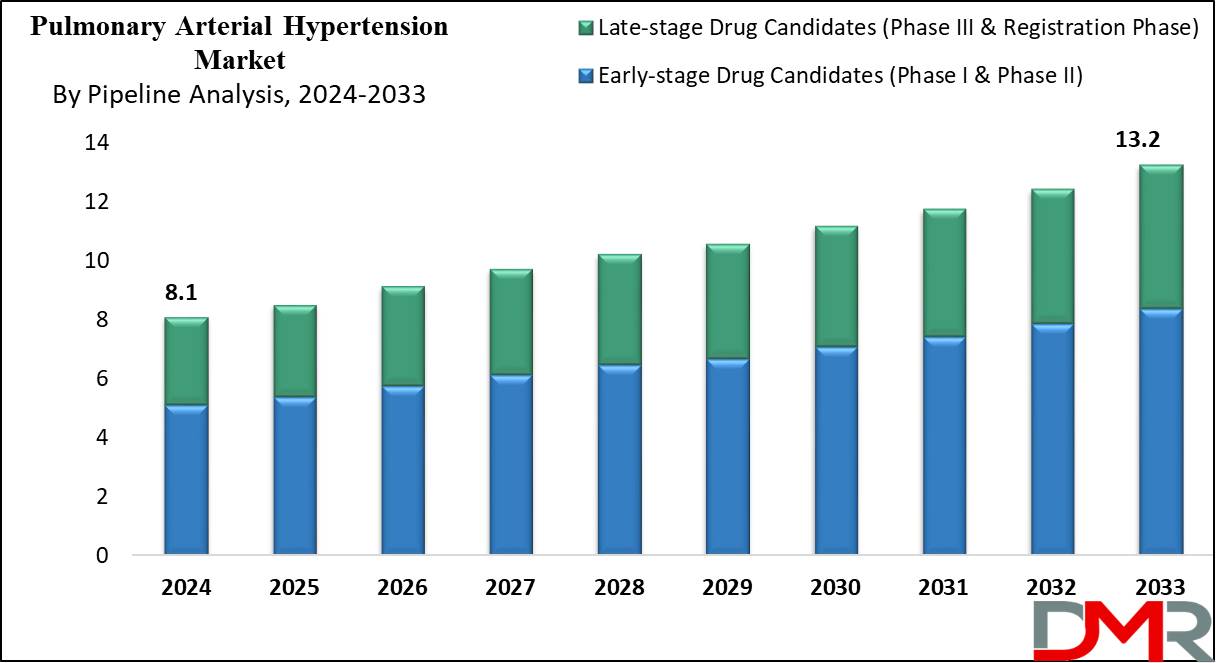The world of pulmonary arterial hypertension (PAH) is a complex one, with its unique set of challenges and promises. Imagine a scenario where middle-aged women are grappling with a disease that silently progresses, impacting their vascular health and eventually leading to heart failure. This is the reality for many individuals facing PAH, a condition characterized by high pressure in the arteries connecting the heart to the lungs.
According to GlobalData’s latest report, the PAH market is projected to soar to $9.35 billion across seven major markets by 2034. While this growth forecast brings hope for improved treatments and outcomes, navigating the landscape of PAH remains intricate.
“PAH is not just a disease; it’s a journey that patients and healthcare providers embark on together,”
says Dr. Smith, a renowned cardiologist specializing in vascular diseases.
“From misinterpreted symptoms to evolving treatment paradigms, each aspect of PAH requires careful consideration.”
One of the key drivers behind this market expansion is the increasing adoption of triple combination therapy. By combining different classes of drugs targeting specific pathways involved in PAH pathogenesis, healthcare professionals aim to provide more comprehensive care for patients.
As Dr. Jones, an expert in pharmaceutical research, explains:
“The introduction of novel disease-modifying therapies signifies a shift towards addressing the root causes of PAH rather than just managing its symptoms. This strategic approach holds great promise for improving patient outcomes in the long term.”
In the realm of pharmacologic interventions for PAH, various drug classes play pivotal roles in managing the condition effectively. Endothelin receptor antagonists (ERAs), phosphodiesterase 5 (PDE5) inhibitors, soluble guanylate cyclase (sGC) stimulators, and prostacyclin analogues constitute the backbone of current treatment strategies.
“Dual oral therapy has emerged as a cornerstone in PAH management,”
notes Dr. Lee, an esteemed pulmonologist familiar with treating PAH patients.
“By combining different mechanisms of action through oral medications like ERAs and PDE5 inhibitors, we can achieve synergistic benefits that translate into better clinical outcomes.”
Despite these advancements, challenges persist within the realm of PAH therapeutics. Issues related to treatment tolerability, complex administration schedules for certain therapies, delayed diagnosis rates, and limited biomarkers pose hurdles to optimizing patient care.
“It’s crucial for new therapies to strike a balance between efficacy and ease of use,” emphasizes Dr. Patel, a leading researcher in vascular medicine. “Patients need access to treatments that not only work effectively but also fit seamlessly into their daily lives without compromising quality of life.”
Looking ahead at upcoming developments in the pipeline for PAH treatments reveals a landscape rich with innovation aimed at enhancing therapeutic efficacy while streamlining delivery methods.
Dr. Garcia-Mendez

